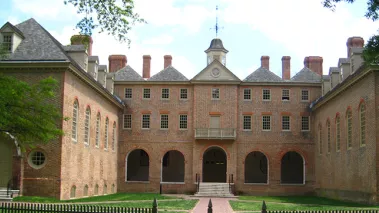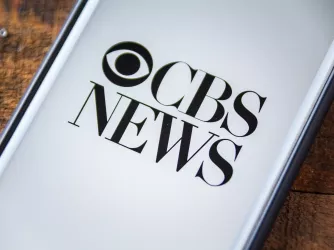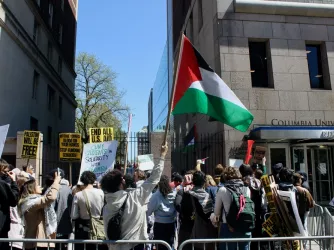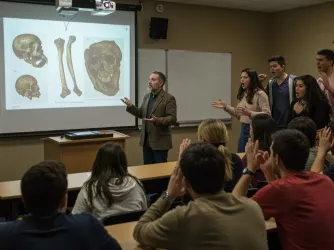Table of Contents
William & Mary’s ‘Flat Hat’ Champions Free Speech on Campus

FIRE’s Free Press Week may have been last week, but there is no shortage of examples of the value of a free student press.
The latest proof of that comes from The College of William & Mary, where student newspaper The Flat Hat ran a terrific staff editorial on Thursday arguing against a proposal, submitted by William & Mary students to the college’s president and other officials, calling for a new bias incident policy. As the Flat Hat’s editorial board writes, if the proposed policy were to be adopted by William & Mary, it would threaten the college’s overall “green light” rating—a status that only 19 colleges and universities in the entire country currently earn.
The Flat Hat editorial describes the student proposal as follows:
The proposal, titled “A Call to Community Action,” calls for a “zero tolerance policy” for acts of bias, which it defines as “a negative opinion or attitude toward a group of persons” based on a wide set of personal characteristics. The proposed policy would “classify bias incidents as a student conduct violation to be dealt with” through the student conduct process.
As the student editorial board astutely points out, the proposed policy raises major concerns for students’ free speech rights:
The proposal suggests that punishments would likely take the form of “a warning, community service, or education on the offense” — but minor disciplinary action is still disciplinary action, and it is a problem any time a student is disciplined for voicing his or her opinion.
The policy would allow the College to punish speech that does not meet the legal definition of harassment. In Davis v. Monroe County Board of Education, former chancellor Justice Sandra Day O’Connor articulated the legal definition of harassment as conduct which is “so severe, pervasive, and objectively offensive … that the victims are effectively denied equal access to an institution’s resources and opportunities.” This is a far cry from how the proposal defines acts of bias.
The editorial also makes the crucial point that there are far more preferable approaches than censorship and disciplinary action for meaningfully responding to the types of speech and conduct that the proposed policy would address.
Administrators should not be in the business of disciplining students for voicing their opinions, even offensive opinions, unless they constitute harassment or a hate crime.
What does help victims, however, is allowing them to share their experiences in both safe spaces and public forums. While we oppose punitive solutions to bias, we wholeheartedly support the creation of a forum for victims or witnesses of bias. Allowing them to share their experiences and be heard will do more to fight ignorance, promote inclusiveness and protect students than any speech codes.
FIRE commends the newspaper’s editorial board for coming out with this strong piece in favor of students’ First Amendment rights at William & Mary.
We sincerely hope the college does not adopt the proposed policy or any other policy that would restrict free speech and open discourse on campus and jeopardize the college’s green light rating. Like its in-state counterpart the University of Virginia, William & Mary’s policies on student expression have been a sterling example for other colleges and universities to follow, and it should make every effort to continue to be a leader in student rights.
Recent Articles
FIRE’s award-winning Newsdesk covers the free speech news you need to stay informed.

The FCC's show trial against CBS is a political power play

UPDATE: Another federal appeals court backs academic free speech for public employees

Feds to Columbia: ‘You want $400 million in contracts back? Do this (or else)’
